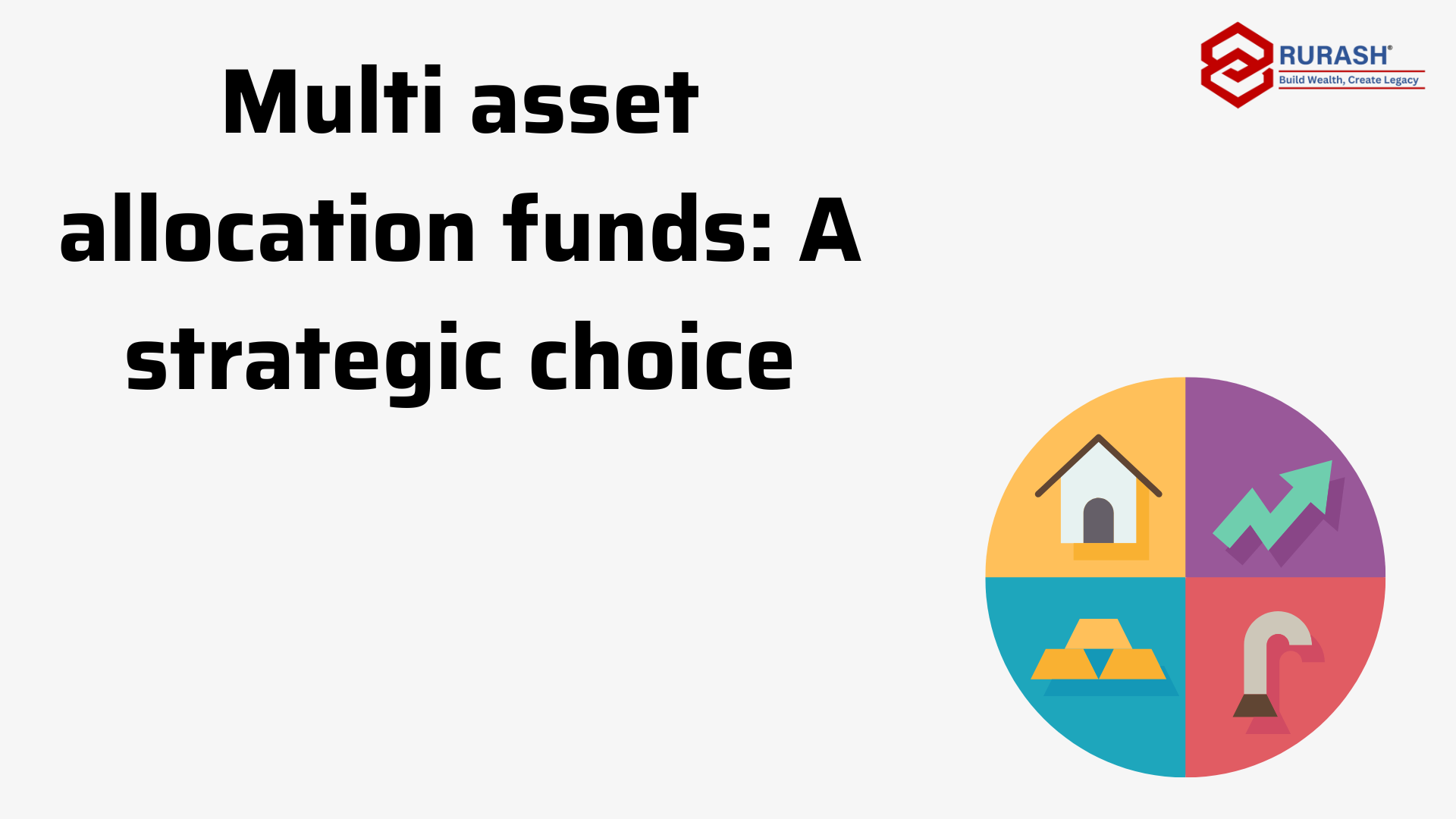n mutual funds, multi asset allocation funds are a hybrid fund category that invests in at least three different asset classes, with a minimum allocation of 10% to each. These funds are designed to diversify investments across various asset classes including equities, debt, and potentially gold or other commodities to balance risk and returns. Mr. MUTUAL FUND CANARA ROBECO Mutual Fund presents Mr. INVESTOR smar Tomorrows lba an Investor awareness initiative Ms. INVESTOR Ms Investor: Is itadvisable to invest during volatile market conditions? Mr Mutual Fund: In uncertain times,choosing the right investment asset class can be tough. Multi asset allocation funds provide a solution by combining various asset types, including debt, equities, and alternatives like real estate or gold. Unlike traditional hybrid funds, they offer better portfolio diversification. These funds adapt to changing market conditions through advanced asset allocations, aiming to reduce risk by including asset classes that behave differently.
This category is thus an appealing choice for Indian retail investors seeking both balance and growth. Mr Investor: What are the key features of multi asset allocation funds and their potential benefits? Mr Mutual Fund: Multi asset allocation funds are designed to provide investors with a balanced and diversified investment option, aiming to generate returns while effectively managing risk across different market conditions. Key features include: Diversification: These funds invest in at least three asset classes, helping reduce overall risk by not relying on a single asset class for returns. Hybrid Nature: These funds combine investments in at least three asset classes, as mandated by SEBI. Dynamic Asset Allocation: Some multi asset allocation funds utilise dynamic asset allocation, allowing fund managers to adjust the port-folio allocation between asset classes based on changing market conditions. Some potential benefits include: Risk Reduction: Multi asset allocation enables investors to expose their portfolios to various asset classes with different risk-reward profiles, allowing for lower risk and the potential for growth through various market cycles. Opportunity for growth in the long-term: Diversification can potentially lead to better returns overthe longterm,especially when combined with a dynamic asset allocation strategy.
Ms Investor: Do multi asset allocation funds help in any market condition? Mr Mutual Fund: While thisisaunique way of i n vest-ing in mutual funds, there are several common misconceptions that we need to clarify. Multi asset allocation funds are risk-free: Like all mutual funds, these funds come with a certain degree of risk. While they aim to spread risk by diversifying across multiple asset classes, they are not without risk.The level of risk varies depending on market conditions and the performance of the underlying assets. All multi asset allocation funds are the same:Though they may share a similar structure, they can differ in their overall asset allocation and investment strategies. Differentfunds may employ varying levels of risk and approaches,such as strategic asset allocation and tactical asset allocation, depending on market conditions. Thus, it is essential for investors to thoroughly review the specifics of each fund before investing. Multi asset allocation funds guarantee positive returns: No fund can guarantee positive returns. The performance of a multi asset allocation fund is influenced by market conditions. Fund managers continuously devise strategies to navigate market volatility. Hence, fluctuations in returns are expected. In conclusion, multi asset allocation funds offer diversification that can help your portfolio reduce negative impacts in any asset class, helping to mitigate risks without constant portfolio adjustments.

